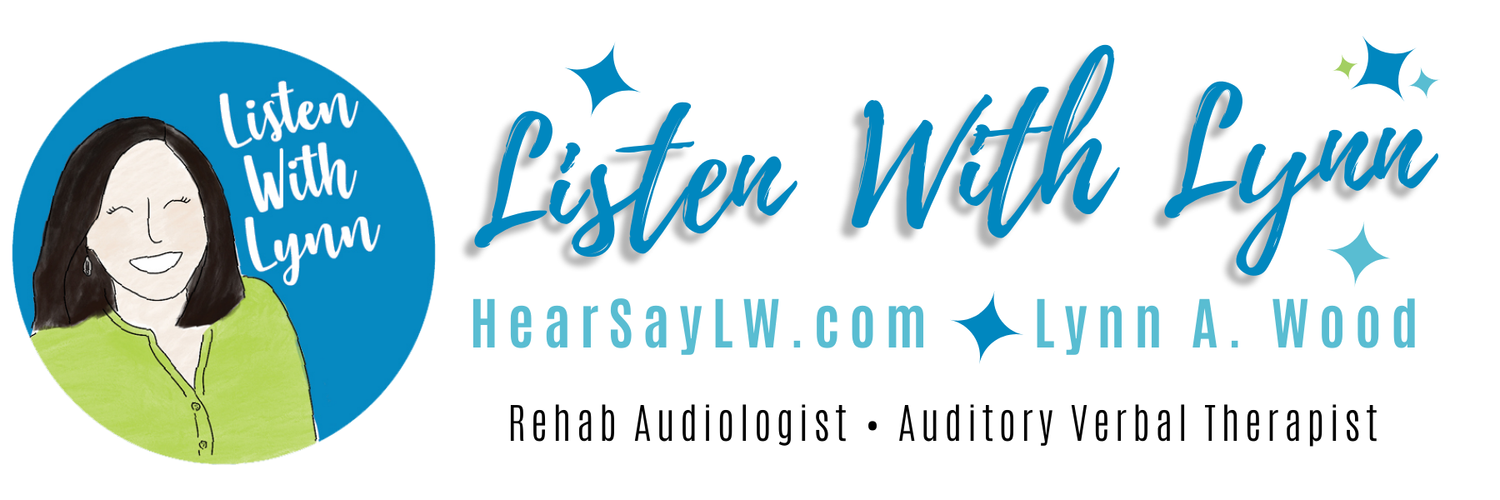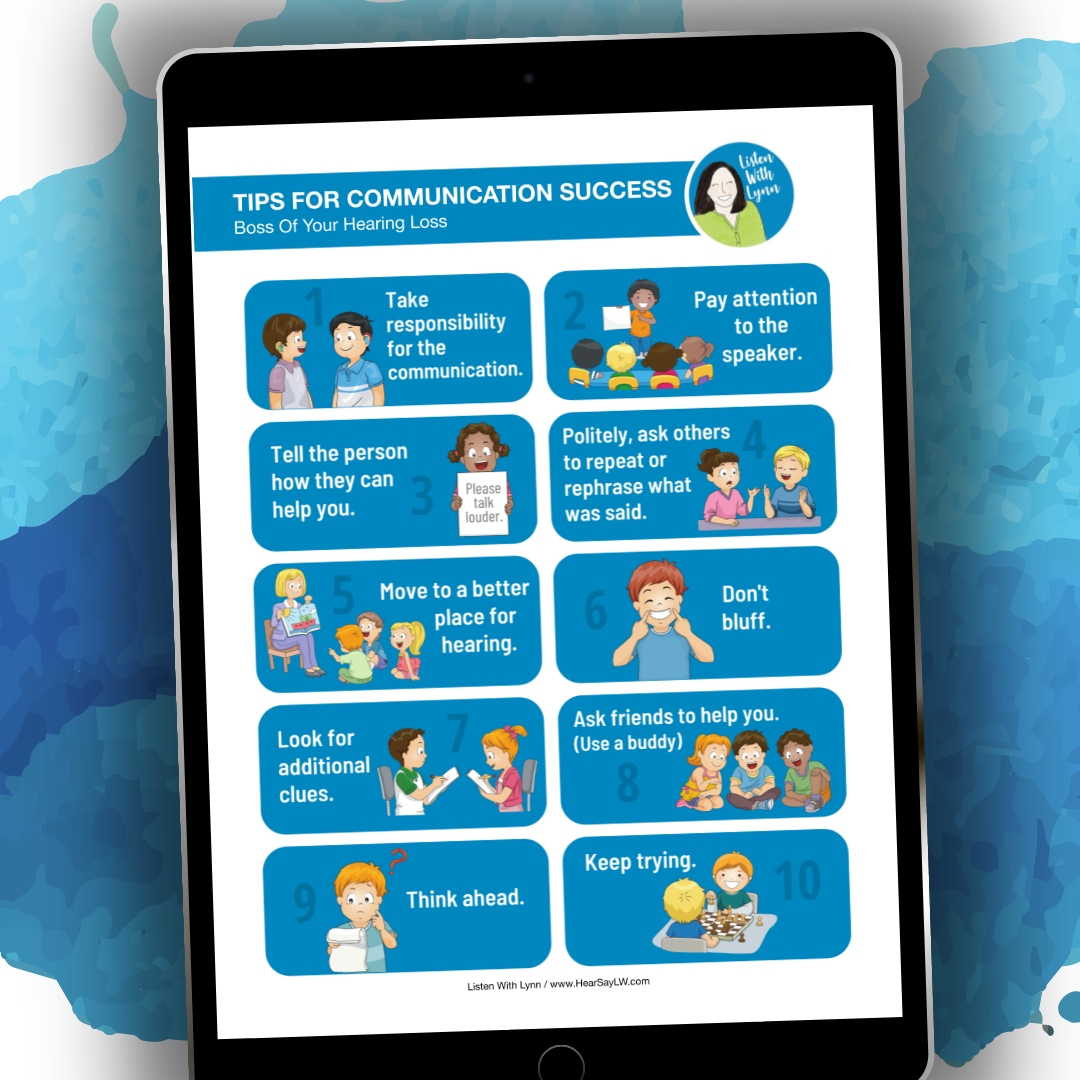OCTOBER is Fire Safety Month. This time each year, I share this important information with families to help ensure their children who are deaf and hard of hearing are protected.
Share these tips with your patients, students, friends, and family too! Don’t wait. 🔥
Active Kids Listening and Following Fall Directions Game
Who doesn’t know active kids who need practice listening and following one-step, multi-step, sequential, temporal, conditional, and complex directions? The game targets action verbs and conjunctions to grow listening and spoken language skills. The secret is the kids are expanding receptive language skills, increasing their auditory memory and processing skills while being engaged and active.
HAVE FUN WHILE TARGETING:
✧ Action verbs - Pick, scurry, jump, drop, fly, pop, swoop, shake, fall, stretch, roll, scavenge, waddle, hang
✧ Conjunctions- and, or, before, after, either, while
✧ One, Two, and Multi-Step Directions - Following basic directions start with simple, one-two steps including an action verb and a noun. Multi-step directions involve following two or more directions at a time.
✧ Sequential Directions - Sequential directions involve following directions in a specific order. "Hang like a scarecrow, pick an apple, and jump in the pile of leaves."
✧ Temporal Directions - These target a child’s ability to follow directions containing the words “before” or “after” in a variety of positions within the utterance. For example, in some instances, the term “before” is located in the middle of the direction: “Pick an apple before you shake like a tree.” The listening direction may be positioned at the beginning such as, “Before you fly like an owl, stretch like a cat.”
✧ Conditional directions - Listeners decide what actions to do based on the given condition(s). “If your a bat, jump into a leaf pile.” If not, then waddle like a turkey.”
✧ Complex Directions - These increase auditory memory and processing demands when critical elements are included such as adjectives, quantities, sizes, and more. "Fly like the SLEEPY, OLD owl." "Waddle like the scared THANKSGIVING turkey."
You’ll love this no-planning activity that requires easy one-time Prep. Just print out the activity cards and cut them on the dotted lines. Done!
It's fast, fun, effective, and can be played over and over again.
Terrific for children of different ages and stages that can be leveled up or down to meet their needs.
It's great for children who are deaf and hard of hearing and those who can benefit from practicing listening skills.
This activity is ideal for …
Face to face in therapy, school, and at home
Teletherapy and Virtual learning Play across a screen in teletherapy
WALK4HEARING - Chicago 2021
WALK 4 HEARING - Chicago. #WhyWeWalk
I walked...
✧ to help ensure that babies and young children who are deaf or hard of hearing and their families have access to Listening and Spoken Language AV services.
✧ for the families and children have benefited from auditory verbal therapy and have reached their full potentials like Bryn and her Mom.
✧ for Bryn, who is an audiologist today. No Limits!
✧ for the countless families who put their trust in me.
10 Self-Advocacy tips for Kids with Hearing Loss - Free Download
Download the free self-advocacy tips I use with school-age kids! I created these tips to foster communication success in children that are deaf and hard of hearing who use listening and spoken language. They are the basis for the popular self-advocacy games and activities that you can check out in my Listen With Lynn TpT store.
You'll love all these resources! Check them out now!
SELF-ADVOCACY Tips For Communication Success (Free)
SELF-ADVOCACY The 5 L's For Listening (Free)
SELF-ADVOCACY BLUFFING Never Have I Ever Activity
SELF-ADVOCACY THIS OR THAT Activity
SELF-ADVOCACY Role Play Real-Life Connections
SELF-ADVOCACY Scenarios At Group Gatherings & Celebrations
SELF-ADVOCACY Sinister The Bad Listener
SELF-ADVOCACY Scenarios - Turning Lemons Into Lemonade
SELF-ADVOCACY Perk Up Your Ears (Ear-related sayings and idioms)
SELF-ADVOCACY Listen & Draw Directions
10 Sound Test Ling-Madell-Hewitt For Monitoring Listening
The LMH 10 Sound Test For Monitoring Listening
Joan Hewitt AuD FAAA, CCC-A, TOD
Jane Madell Ph.D., FAAA, CCC-A/SLP, LSLS Cert AVT
Hearing technology has improved significantly since the advent of the Ling 6 Sound Test (2006). Joan Hewitt and Jane Madell recommend adding four consonant sounds /n/, /h/, /z/, and /dj/ to better cover the Low, Middle, and High frequencies. The LMH Test screens the low, mid, and high frequencies to get a better idea of a child’s speech perception.
L ➼ Ling - Low
M ➼ Madell - Mid
H ➼ Hewitt - High
The goal of the LMH Test and all speech perception measures is to determine what a child is hearing and what they are missing. The information can then be used by the audiologist to adjust technology settings to provide better access to frequency bands not being perceived. Speech perception and production need to be monitored regularly to identify consistent errors patterns and then management.
Children who are deaf and hard of hearing must have excellent access to sound or hear very well with their technology if they are going to be able to use listening to learn spoken language and develop good literacy skills.
Learn More:
The HearingHealthMatters.org The LMH Test For Monitoring Listening – Jane Madell and Joan Hewitt








